Maltose or malt sugar is a type of natural disaccharide containing glucose residues.
A large amount of maltose (malt sugar) is present in sprouted grains of barley, rye and other cereals.
In addition, scientists have been able to detect malt sugar, or maltose, in the pollen of some plants and in vegetables such as tomatoes. Maltose (malt sugar) has unique properties that allow the product to be easily absorbed by the living organism. They allow the product to completely dissolve in water.
The melting point of maltose can be added to this - 108°C and an interesting sweet taste.
Mankind learned about the existence of malt sugar long before it could be scientifically substantiated. For example, in Japan it has long been customary to collect the sweet substance secreted by starchy varieties of rice and millet. But to determine the chemical processes, that this unique product gives, people only managed that recently.
It should be noted that maltose has a less sweet and wholesome taste than, for example, beet or cane sugar.
Nevertheless, it has won the respect of consumers and food manufacturers and is widely used in various confectionery and culinary fields.

Malt sugar is particularly relevant in the production of baby food, due to the less of a sweet taste compared to similar products.
Maltose is commonly added to dietary products. According to scientists, this substance is much more healthy than the most famous sugar substitutes such as fructose or sucrose. Malt sugar is excellent for making syrups, which are then used in baking and confectionery.
Most often, malt sugar can be found in bread loaves or sweet cookies. This product is also added to ice cream, culinary mixes for homemade pastries, pancakes, cereals, etc. Maltose is often used as a natural colorant in food.
On its basis molasses is produced.
Currently no visible harm from maltose has been found, although there is evidence that abuse of products with its content can adversely affect health.
To minimize this harm, you must carefully monitor your diet and pay attention to the composition of the food you buy.







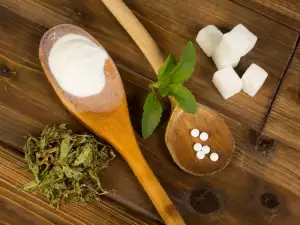
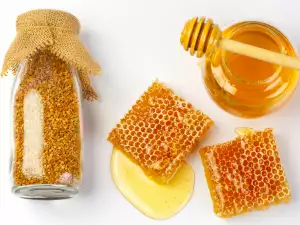
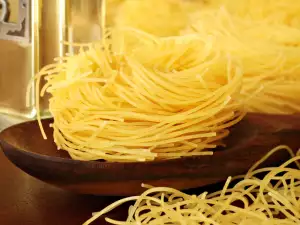
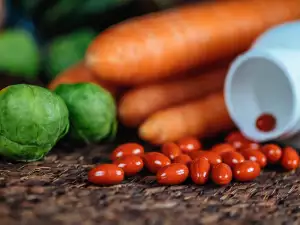


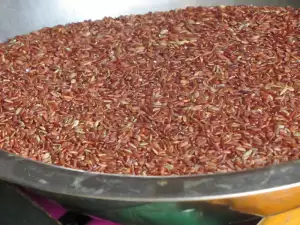
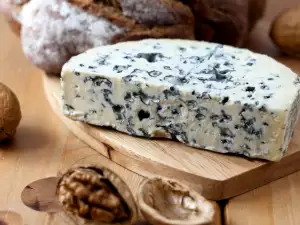
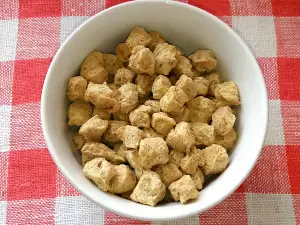




Comments